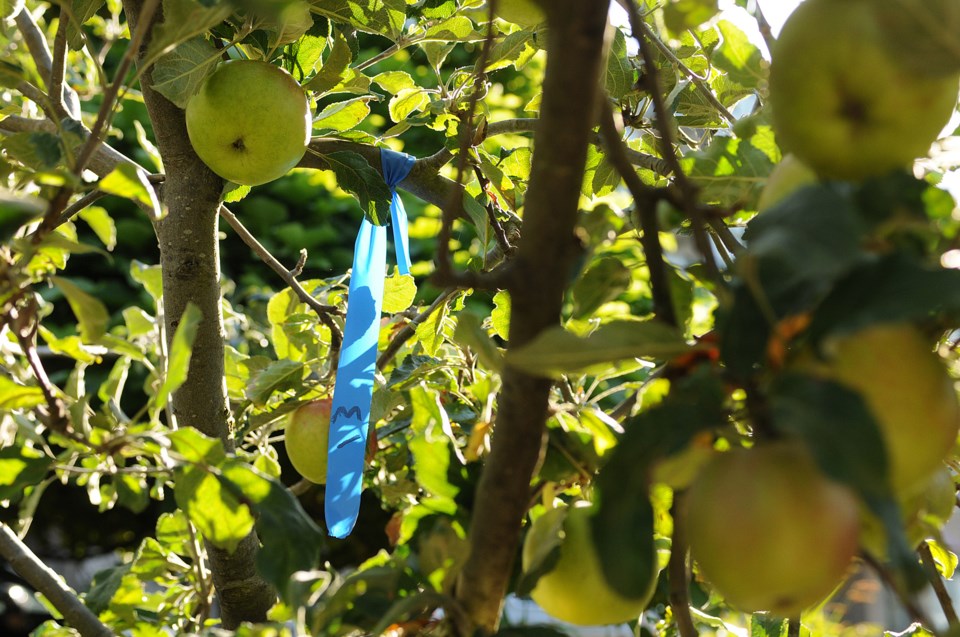Canadian Pacific plans to resume clearing their property on Arbutus Corridor in the latter half of next week.
“We’re just working on operating plans. We had removed people and resources from the area during the conversations [with the city] and now we’re getting things lined back up,” explained
CP spokeswoman Breanne Feigel Thursday morning. “I know it’s in the second half of next week. I don’t know an exact date or time.”
Feigel said the company has approached the city for details on its proposed tree removal.
Talks between CP and the city broke down earlier this month, and this week CP published full-page advertisements in various Vancouver publications, including the Vancouver Courier, defending its position and arguing the city is under-valuing the land, which it insists is worth $400 million. It added that it had been prepared to accept “far less.” The city, which insists the property is only worth $20 million, countered that it won’t be bullied into paying an over-inflated price for the land.
Meanwhile, Vancouver Park Board staff are prepared to start removing mature fruit trees if they get the go-ahead from city hall.
Bill Harding, the Vancouver Park Board’s director of parks, told the Courier Wednesday afternoon that the total number of trees is in excess of 100 and staff are ready to go once word comes down from city hall, but there are no plans right now to go out and do it.
“There are still a lot of questions about exactly which ones would need to be removed and which could stay,” he said, adding, “It’s not as simple as moving a telephone pole or something like that [where] you know how deep it’s buried, you typically know what’s under it… What happens with a tree is you don’t really know what’s going on until you start digging around it, so obviously you have to get clearances to make sure there’s no Hydro lines or telephone lines or any of those other things underneath.”
Harding said there are various ways to move trees, such as using a tree spade or hand-digging them out, depending on the time or year and other circumstances.
He said a tree spade is the simplest way to do it, but it wouldn’t be used unless there were a lot of trees being removed all at the same time.
“If we were going to move an excess of 100 trees, we would probably use a tree spade,” he said. “Otherwise, you just dig them by hand and when you’re digging by hand, you don’t want to cut that many roots. You want to make it as clean as you can, so you’re not affecting the underground part of the tree because that’s where it gets fed from.”
Harding said that it’s easier to move a tree after its leaves have fallen off and it’s dormant.
“At this time of year or in the summer months -- that’s when it’s difficult to move them because they’re awake and alive,” he said. “If we had to move them next week, the notion would be we would take them to our yard, we’d put them in loose soil and water them and nurse them with staff at our nursery site. We’d nurse them until they were dormant, then we’d place them in their final planting [place] in the winter. It’s not so bad, but it’s not the best thing to do either.”
While there’s no guarantee, Harding expects most of the trees would survive. He said the park board would work with community gardeners.
Harding said he didn’t have an estimate on the cost of moving the trees.
“The cost is variable. We really don’t know. But we have staff that can do it. So the cost is variable. It depends on too many things. I couldn’t really give you a really good number, but we would use existing staff to do it,” he said.
twitter.com/naoibh



